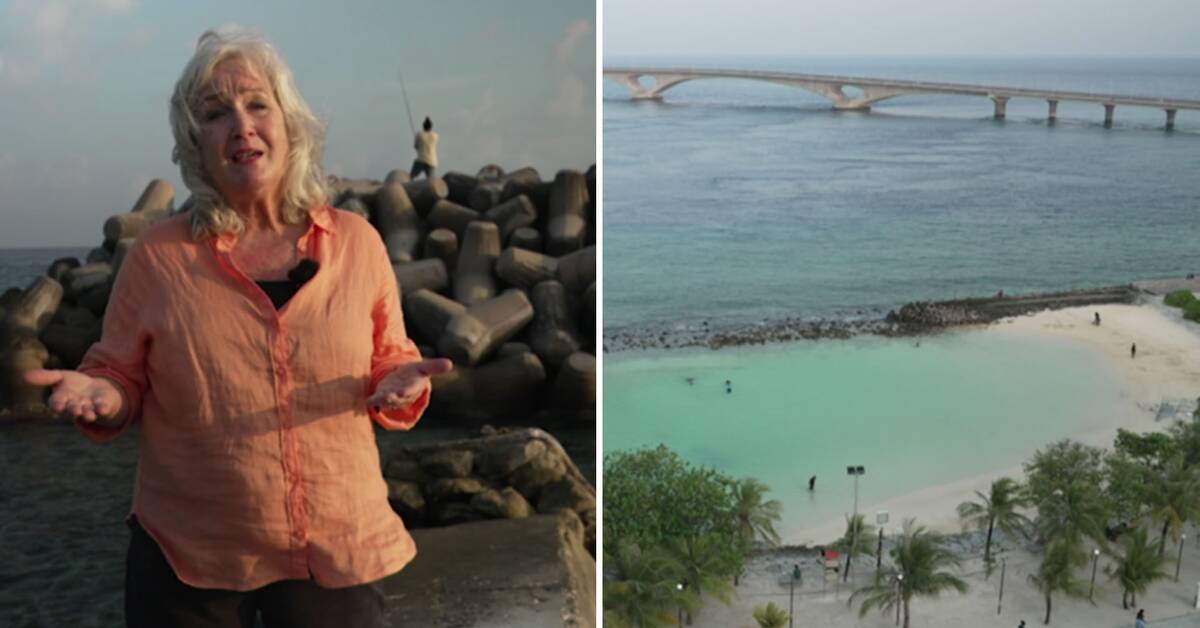Malé is the world's most densely populated capital and, like a small Manhattan, rises from the sea, surrounded by a huge wall to protect against the sea as the Maldives' highest point is only 1.5 meters above sea level. Increasingly warm seas are expanding and a single serious storm could put the city under water.
Moved to an artificial island
Next to Malé, a new city, Hulhumale, has grown up. By pumping sand out of the sea, an artificial island has been built with borrowed money, which is 1.8 meters above sea level. In 25-storey buildings, half of the country's population will be accommodated and evacuation has begun. Aisath Saila Saeed and her family have recently moved in.
"We miss the quiet life on our home island. Children should play on the beach and climb trees, they are very bored in an apartment, she says.
She is aware that her two children Yusuf and Judhie will not be able to live their adult lives in the Maldives.
New climate report
Tomorrow, the UN's Intergovernmental Panel on Climate Change (IPCC) will issue its latest summary report on the state of the climate crisis and the green transition. It was almost ten years ago last and it will, among other things, provide answers to how the world is coping with the goal of limiting global warming below 1.5 degrees. How it goes means a difference between life and death for the world's lowest countries.
Since the 90s, the sea in the Maldives has risen by 3-4 millimeters per year, global warming continues and greenhouse gas emissions show no signs of decreasing.
Watch the full feature about how hard climate impact has hit the Maldives, in the clip above.

